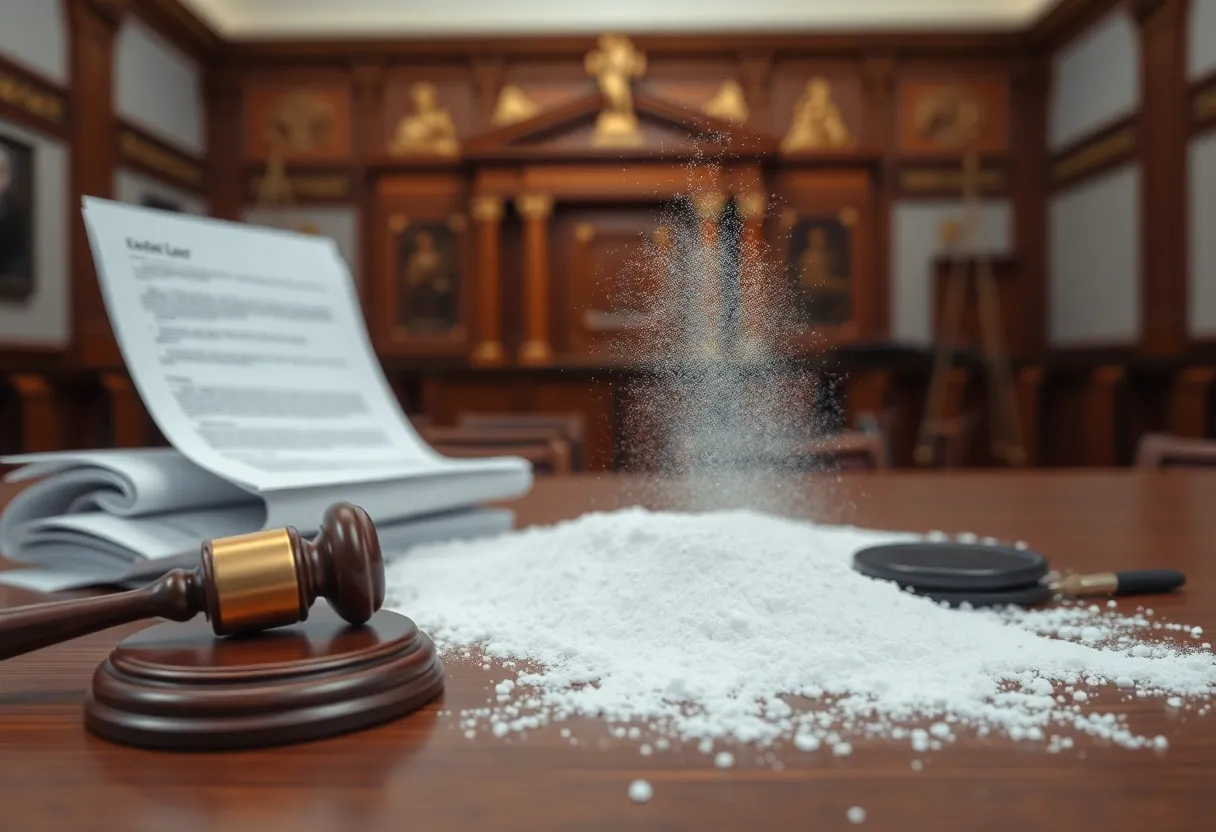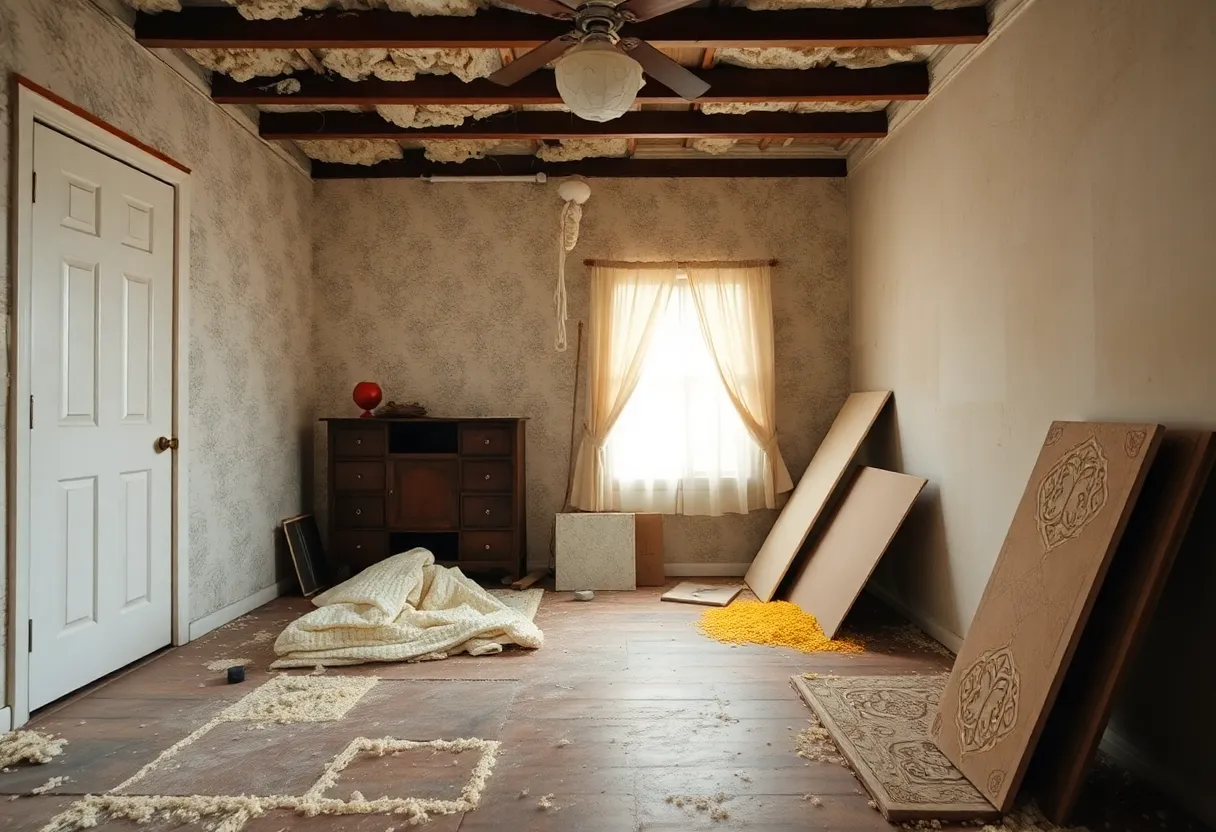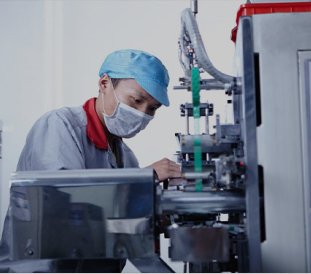News Summary
Johnson & Johnson faces 90,000 lawsuits over talc-based products, navigating a complex legal landscape while disputing expert testimonies.
Johnson & Johnson’s Battle Over Talc Products Escalates
In a high-stakes legal saga, Johnson & Johnson (J&J) has found itself embroiled in approximately 90,000 lawsuits related to its talc-based products. This intricate web of litigation has seen the company attempt bankruptcy proceedings to achieve a resolution, but this strategy has miserably faltered on three separate occasions. With every legal twist and turn, the future of J&J’s talc products remains uncertain, as the company gears up for a relentless battle in the courts.
Discrediting Expert Witnesses
The latest phase of this ongoing saga involves J&J’s efforts to discredit Dr. Jacqueline Moline, a prominent expert witness who has consistently testified on behalf of claimants asserting that J&J’s talc products are linked to cancer. The company initially pursued a lawsuit against Dr. Moline in 2022, a case that was dismissed in July 2023. However, that dismissal was short-lived as J&J won an appeal for the court to review her research data, which they claim has undergone significant changes since the original ruling.
Dr. Moline boasts an impressive resume, having served as an expert in over 200 talc cases and testified in 16 cases throughout her two-decade career. J&J contends that she profited millions of dollars from her role as an expert witness, an assertion that illustrates the financial stakes involved in such litigation.
The Controversy Around Talc and Asbestos
In 2019, Dr. Moline co-authored a study positing that talc is often contaminated with asbestos, a known carcinogen linked to serious conditions like mesothelioma. Her research looked closely at 33 individuals who developed mesothelioma after using talcum powder, thereby providing a foundation for claims against J&J’s products. However, J&J’s investigations concluded that at least half of the subjects analyzed in Dr. Moline’s study had other potential sources of asbestos exposure, which they argue undermines her findings.
J&J has asserted that Dr. Moline’s research is not only misleading but “completely false” for allegedly failing to properly account for these other exposure sources. This legal and scientific tug-of-war over the validity of the claims surrounding talc products and their connection to cancer is expected to intensify as each side prepares for further litigation.
Failed Settlement Efforts
J&J’s legal troubles extend beyond just targeting expert witnesses. The company recently faced the collapse of a proposed $9 billion settlement that aimed to resolve more than 60,000 ovarian cancer lawsuits. This ambitious proposal was dismissed by Judge Christopher Lopez, who pointed out significant violations of bankruptcy principles, including improperly cast votes by some plaintiffs.
With the settlement efforts officially in shambles, J&J has pivoted its approach to contesting the remaining lawsuits directly in court, abandoning plans for additional settlements. In light of J&J’s legal history, it is worth noting that despite claims of having won 16 out of 17 trials related to ovarian cancer over the past 11 years, the company maintains that it has never produced talc that contained asbestos or was capable of causing cancer. The legal expenses have mounted, with J&J spending an impressive $1 billion to fend off claims associated with talc products.
Historical Context of Asbestos in Talc
Compounding the controversy is the historical context surrounding J&J’s talc products. Evidence suggests the company was aware as early as the 1950s that their talc may contain asbestos. Laboratory tests conducted from 1971 to the early 2000s further corroborated these findings, revealing asbestos contamination in some of their talc products.
The relationship between talc and asbestos is particularly concerning due to the geographical proximity of talc deposits to known asbestos deposits. This likelihood of contamination raises profound questions about product safety and the long-term implications for consumers.
Future Implications for Talc Litigation
Looking ahead, J&J’s legal strategy appears to face significant hurdles as it opts for an individualized approach to litigating outstanding claims, moving away from bankruptcy resolutions. Throughout this extensive litigation, the company has maintained its claim of product safety, consistently labeling allegations regarding asbestos and cancer causation as rooted in flawed science.
Despite a long road ahead, the ongoing battle signifies not just a corporate struggle for reputation and survival, but also the profound impact on countless individuals affected by the alleged dangers of talc products. As the court proceedings unfold, the implications for claimants, as well as the broader public, remain to be seen.
Deeper Dive: News & Info About This Topic
HERE Resources
Major Restructuring Imminent for Asbestos Corporation Limited
Revolutionary Asbestos Tailings Facility Set to Transform Quebec’s Mining Legacy
Breakthrough in Mesothelioma Treatment: New Drug Shows Promise
The Next Chapter for Wrestling Sensation EJ Nduka
Rising Cancer Risks Spark Lawsuits Amidshifting Norms on Toxic Products
Trial Within a Trial: Asbestos Roof Removal Case Heats Up
Trial within a Trial Resumes for Key Player in Asbestos Case
Workers Expose Asbestos Dangers, Face Retaliation
Former USS Eversole Crew Exposed to Asbestos Face Health Risks
Exterra Brings a New Dawn: A Green Solution for Asbestos Mine Waste



















